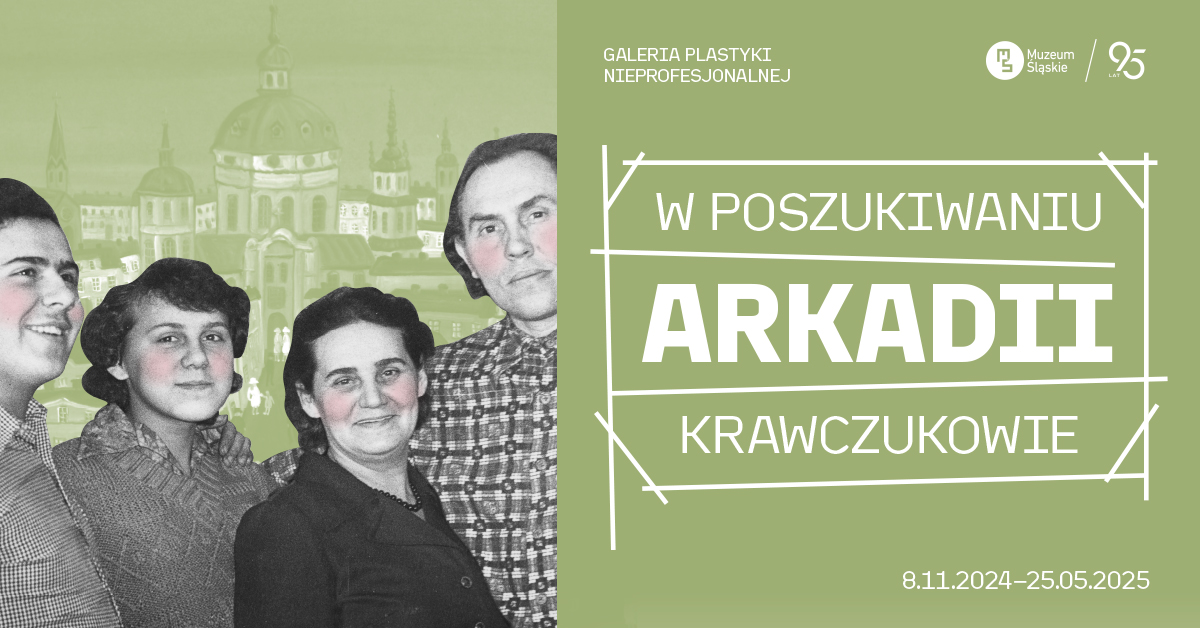We are currently witnessing a cultural anxiety about the role and identity of men, various definitions of masculinity, and scientific discussions on the cultural and social construction of gender. The Man’s Thing exibition is an attempt to engage with the discourse on the role, identity, and various definitions of masculinity. The exhibition shows how the dominant, socially acceptable and the most desirable image of man has evolved in Poland over the centuries, and at the same time, how the concept of masculinity changed in different social groups.
With the help of original props – everyday objects, pieces of clothing, toiletries, military memorabilia, and many other, eponymous man things – the exhibition provides a characterisation of the socio-cultural context in which the common, stereotypical, heteronormative model of masculinity was shaped. The exhibited items, from the period between the 17th and the end of the 20th century, come from the collection of the Muzeum Śląskie, Katowice, several dozen Polish museums, and private collections.
The exhibition’s scenography uses the metaphor of a factory, and the specific stages of life and areas of male activity – component parts of the stereotype as a product of culture – take the audience as if along a production line. The eight main modules of the exhibition correspond to different areas and stages of life. The first module He becomes him presents the upbringing and the preparation for the future social roles approved of and imposed by culture. He is the man of the house focuses on social and family functions of a man as a husband, father, and grandfather. He works takes the viewer through different professions and activity in associations and fraternities, and He rests presents selected forms of spending free time. The module entitled He has passions talks about love, entertainment, and hobbies. He in the army shows the service as a time of initiation and the idiosyncratic military folklore. He makes an effort tells a story of the changing male fashion, and He in the world offers insight into the men’s travels.
In the control room, the visitor can have one last look at the exhibition through a Venetian mirror to leave it with a deeper, personal sense of understanding. The chromolithograph entitled Stopnie z życia mężczyzny [Steps in the life of a man] serves as the exhibition’s framing device, showing stereotypical roles that a man must play from childhood until old age.
The above-mentioned issues and exhibited items are a subjective, and yet deliberate choice of the authors, who neither condemn nor glorify the image of man presented at the exhibition. They are aware that the model emerging from the exhibition is only one of many possible and that it is often found next to, and even in opposition to the less prevalent models of masculinity.
Man’s thing
28.07–28.10.2018
Muzeum Śląskie / baths
Pozostałe Archiwum wystaw

Toshihiro Hamano. Beauty of Japan – Tradition and Modernity
6.12.2024-9.03.2025
przestrzeń wystaw czasowych na poziomie -4

W poszukiwaniu Arkadii. Krawczukowie
8.11.2024-25.05.2025
przestrzeń wystaw czasowych na poziomie -2

